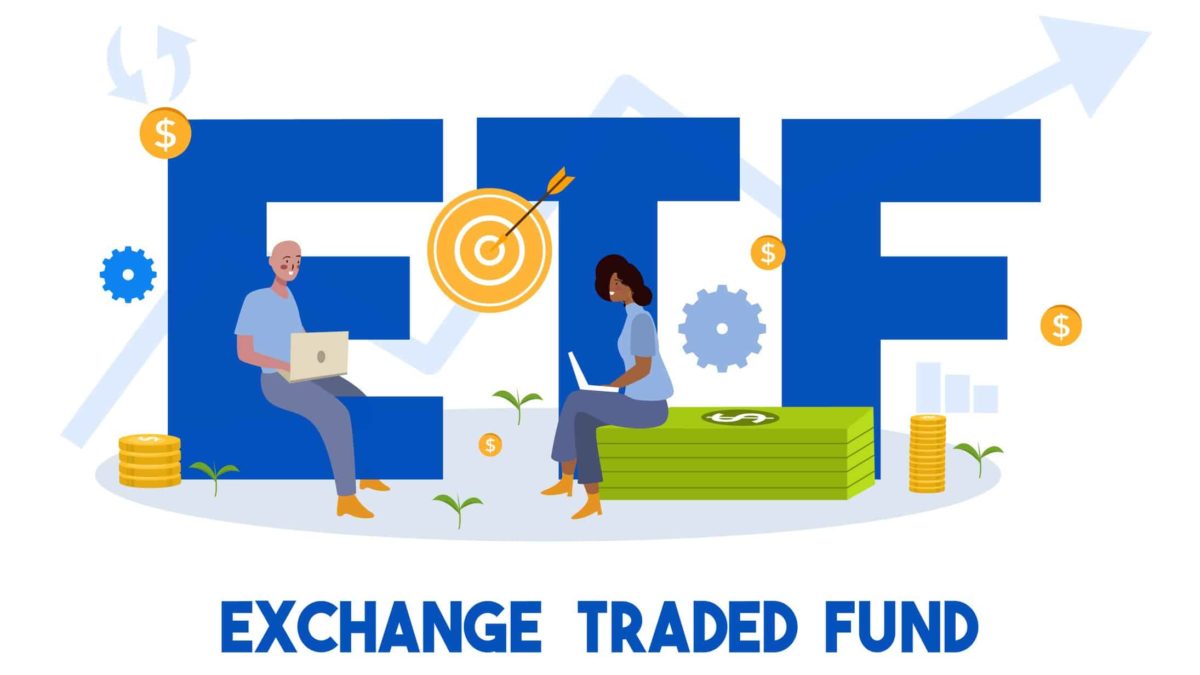I'm a big fan of ASX exchange-traded funds (ETFs) that can provide our portfolios with different investment exposure but can still generate good returns.
I think ETFs like iShares S&P 500 ETF (ASX: IVV) and Vanguard MSCI Index International Shares ETF (ASX: VGS) are solid options, but the ones that are focused on quality metrics are at the top of my list. Let me tell you about two of them.
Vaneck Morningstar Wide Moat ETF (ASX: MOAT)
This ASX ETF is all about investing in high-quality US-listed businesses that have strong competitive advantages that Morningstar analysts believe are almost certain to endure for a decade or two.
Competitive advantages can come in a number of different forms such as intellectual property, brand power, network effects, costs and so on.
But, one of the advantages of this ASX ETF is that it only invests in these high-quality businesses when the share price is at an attractive level compared to the analysts' view of what a fair price is.
Past performance is not a guarantee of future results, but I think the process can continue to deliver good returns. Over the past five years, the MOAT ETF has delivered average returns per annum of 17%, with an annual management fee of 0.49%.
VanEck MSCI International Quality ETF (ASX: QUAL)
This ASX ETF also offers Aussies global diversification. It has a portfolio of around 300 names from around the world that rank well on three key metrics: a high return on equity (ROE), earnings stability and low financial leverage.
The combination of those elements means they make a lot of profit with retained shareholder money in the business, earnings are predictable and they have a very healthy balance sheet.
Many of the businesses in the portfolio are the biggest US players, but there is also representation from countries like Switzerland, Japan, the Netherlands, the UK and more.
Almost 40% of the portfolio is invested in the IT sector, which I think is a good growth sector.
Over the past five years, the QUAL ETF has delivered average returns per annum of 14.9%, which is after the annual management fees.









